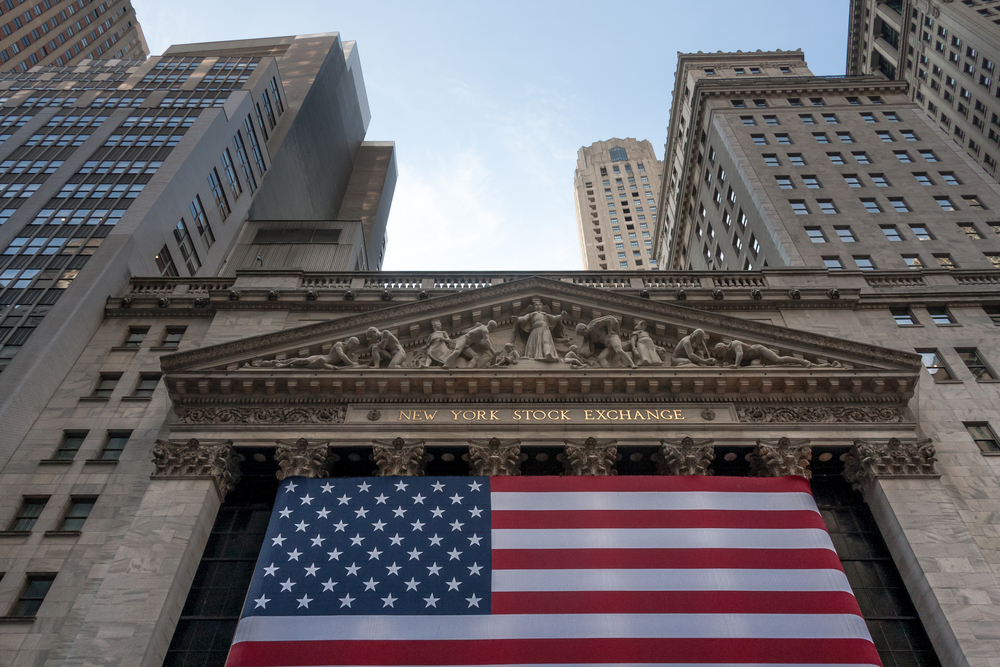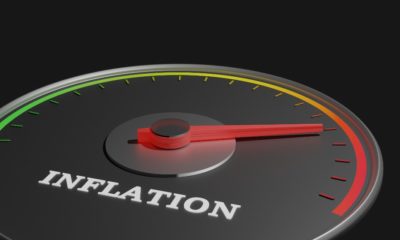Finance
Brutal First Quarter For Stocks Comes to End, Here’s What’s Next

All three major indexes ended Tuesday in negative territory, with the S&P 500 slipping 1.6%, the Dow Jones Industrial Average falling 1.84% and the Nasdaq dropping 0.95%.
Mercifully, the first quarter has come to an end, so we can start to put the post-Feb 19th carnage into some context.
The Dow has plunged 23.2% since the start of the year, it’s worst first-quarter performance in history, and single worst overall quarter since the fourth-quarter of 1987 when it plunged 25.3% during the Black Monday crash.
The S&P 500 is down 20% so far this year, it’s largest quarterly decline since the 2008 financial crisis. It’s also the first time in more than a decade that the index started the year losing ground in each of the first three calendar months. The S&P was down 0.2% in January, 8.41% in February and 13.1% in March. That’s only happened seven other times in the indexes’ 63-year history.
The Nasdaq closed out the quarter down 14% since the start of the year.
Stock weren’t the only investments getting pummeled, oil turned in a particularly gruesome report card for the quarter as well.
Prices for West Texas intermediate crude (WTI) futures saw their largest single-quarter decline in history to start the year, with prices dropping more than 65%. In March alone the number of oil contracts fell 54%, also a record for a single-month.
While nearly all of this volatility in stocks is a result of the coronavirus outbreak (oil’s decline is also due to a price war between Saudi Arabia and Russia), the fallout from the pandemic is expected to dramatically affect our country’s gross domestic product (GDP) in the coming quarters.
Yesterday Goldman Sachs said that the second-quarter U.S. economic decline would be much greater than it had previously forecast. The bank says it expects higher than anticipated unemployment figures and “sky-high jobless claims numbers” because of the coronavirus pandemic.
It’s also forecasting a real GDP sequential decline of 34% for the second quarter on an annualized basis, significantly higher than its earlier estimate of 24% drop. Also concerning is that the bank now sees the unemployment rate hitting 15% by mid-year compared to its earlier estimates of 9%.
Looking Ahead
When the market is volatile like it has been for the last month or so, it’s often hard to imagine brighter days ahead.
But when you look at the market’s historical performance immediately following a significant decline like we are seeing right now, there are reasons to be optimistic.
According to Dow Jones Market Data, after the Dow has turned in a quarter as brutal as the one we just went through, the index returns 11.88% and 8.49% in the following two quarters.
And over the course of the following year, the Dow returns 22.75% on average.
For the S&P 500, the two quarters following a massive decline return 12% and 15.8%, and a year later the index is up 27.79% on average.
And the Nasdaq returns 3.79% and 5.57% over the next two quarters and 9.54% over the following year.
So while nothing is guaranteed, it appears we can look forward to better returns ahead.















